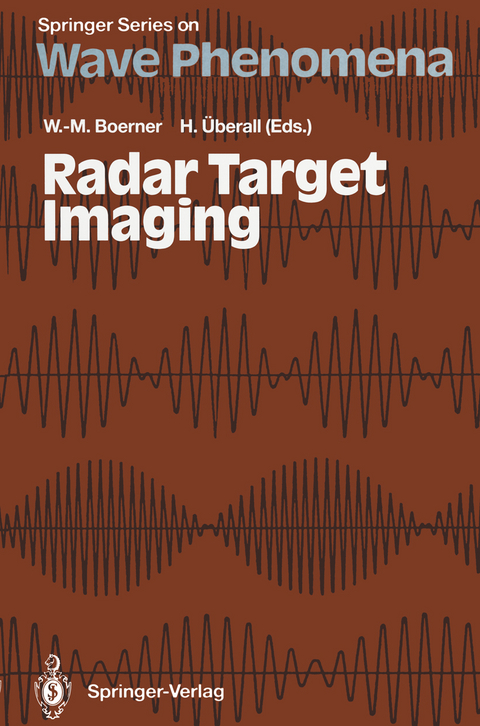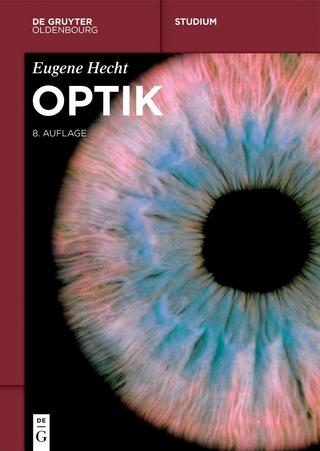
Radar Target Imaging
Springer Berlin (Verlag)
978-3-642-85114-8 (ISBN)
The reader of Radar Target Imaging will learn about recent advances in this field and obtain the background for carrying out his own research based on the advanced topics discussed in this book, e.g., mathematical inverse-scattering techniques based on the solution of integral equations; use of the singularity expansion method (SEM), related to the resonance scattering theory (RST), to characterize a given radar target. Also the measurement of radar cross-sections is described.
1 Introduction.- References.- 2 Radar Polarimetry: Applications to Radar Systems.- 2.1 Polarization Behavior of Different Radar Objects.- 2.2 Some Implementation Aspects.- 2.3 Optimum Radar Receivers for Target Detection in the Clear.- 2.4 Evaluation of Polarimetric Doppler Resolution Through Cramèr-Rao Bounds.- 2.5 Adaptive Polarization Cancellation of Partially Polarized Disturbance.- 2.6 Conclusions and Perspectives.- References.- 3 Fine Resolution of Radar Targets.- 3.1 Connection Between Creeping Waves and the Singularity Expansion Method.- 3.2 Surface Wave Resonances on Smooth Targets of General Shape.- 3.3 Application to Inverse Scattering.- 3.4 Conclusions.- References.- 4 A Unified Theory of Multidimensional Electromagnetic Vector Inverse Scattering Within the Kirchhoff or Born Approximation.- 4.1 Integral Representations for Electromagnetic Scattering by Perfectly Conducting and Dielectric Scatterers.- 4.2 Linearization in Terms of the Born or Kirchhoff Approximation for Plane Wave Incidence.- 4.3 Dyadic Backpropagation in Terms of the Generalized Vector Holographic Fields.- 4.4 Solution of the Linearized Electric Vector Porter-Bojarski Equation in the Frequency Diversity Mode.- 4.5 Numerical Simulations.- 4.6 Conclusions.- 4.A Some Properties of Singular Functions.- 4.B Computation of the Generalized Vector Holographic Field in Terms of the Scattering Amplitude.- References.- 5 The Measurement of Radar Cross Section.- 5.1 Measurement Theory.- 5.2 The OSU Measurement Range.- 5.3 Performance Analysis.- 5.4 Analysis of RCS Measurements.- References.
| Erscheint lt. Verlag | 15.12.2011 |
|---|---|
| Reihe/Serie | Springer Series on Wave Phenomena |
| Zusatzinfo | XI, 195 p. |
| Verlagsort | Berlin |
| Sprache | englisch |
| Maße | 155 x 235 mm |
| Gewicht | 329 g |
| Themenwelt | Naturwissenschaften ► Physik / Astronomie ► Optik |
| Technik ► Elektrotechnik / Energietechnik | |
| Schlagworte | Cognition • Information • Iverse Scattering • Measurement • Polarimetry • polarization • Radar • Radar Measurement Range • radar polarimetry • Radar Target Imaging • resonance • Resonance Scattering Theory • scattering • Simulation • spectroscopy |
| ISBN-10 | 3-642-85114-2 / 3642851142 |
| ISBN-13 | 978-3-642-85114-8 / 9783642851148 |
| Zustand | Neuware |
| Haben Sie eine Frage zum Produkt? |
aus dem Bereich


